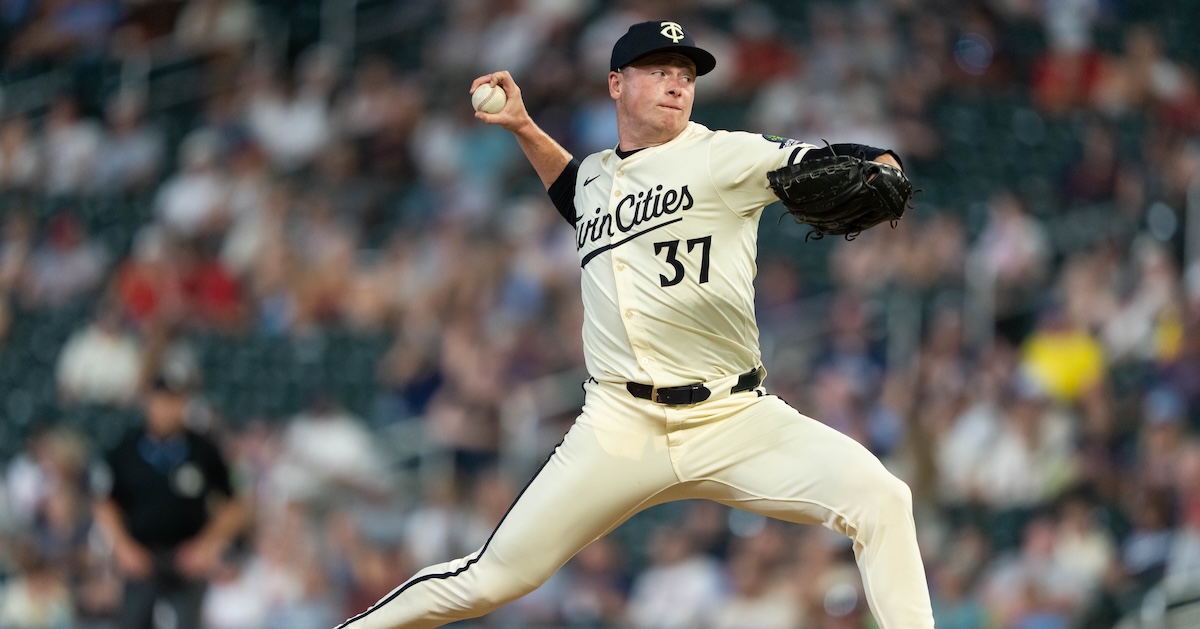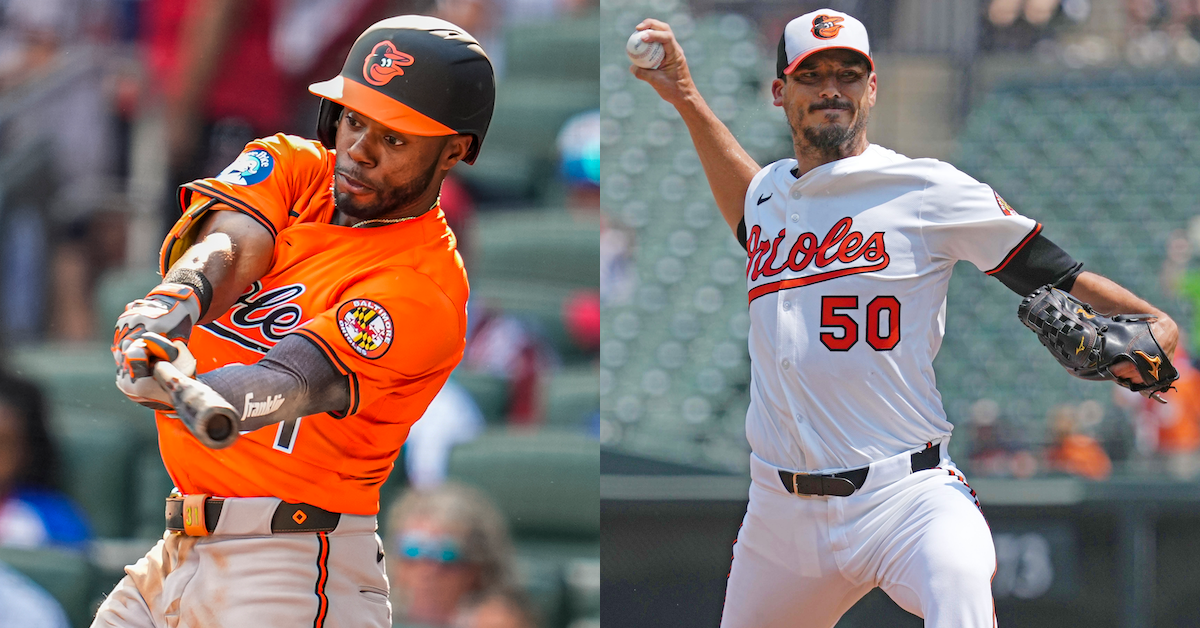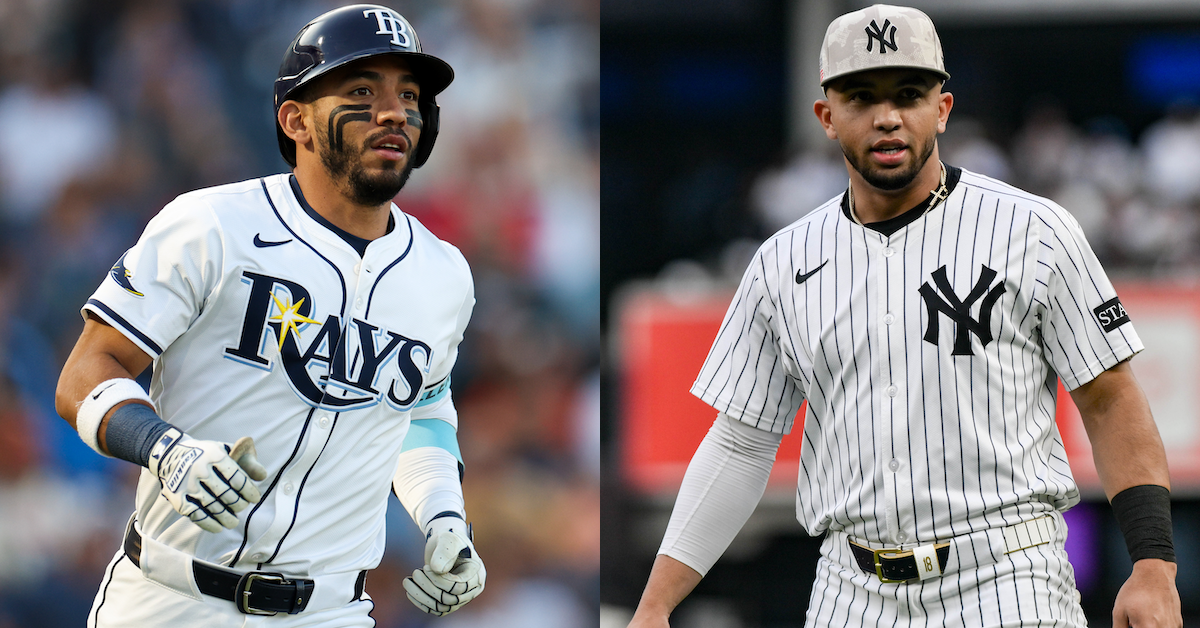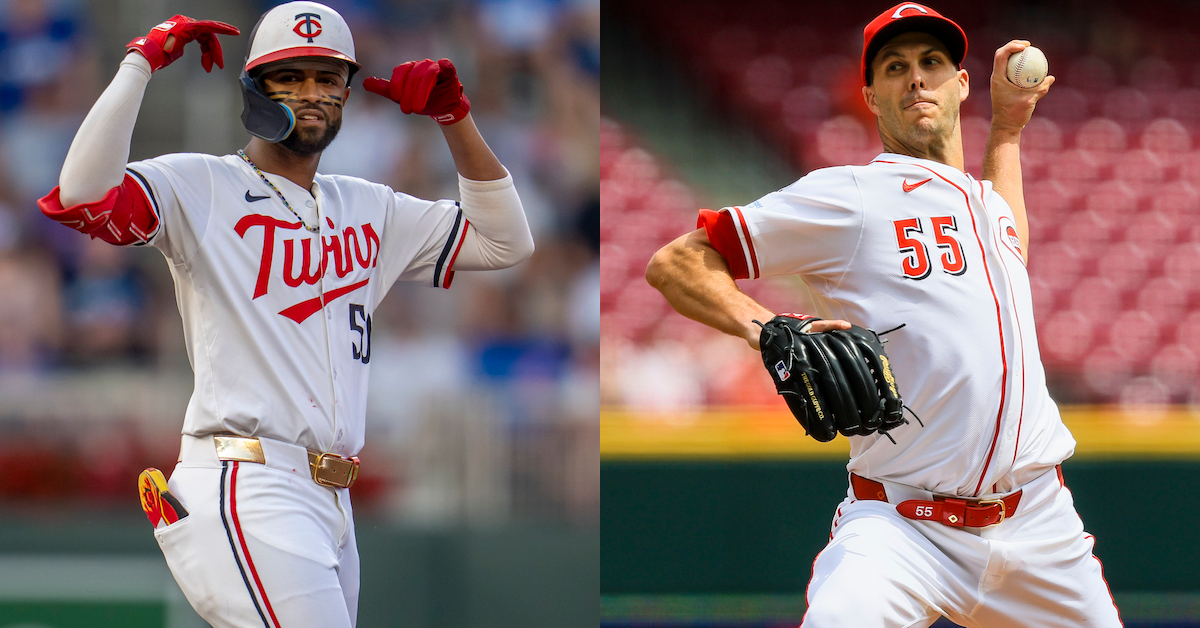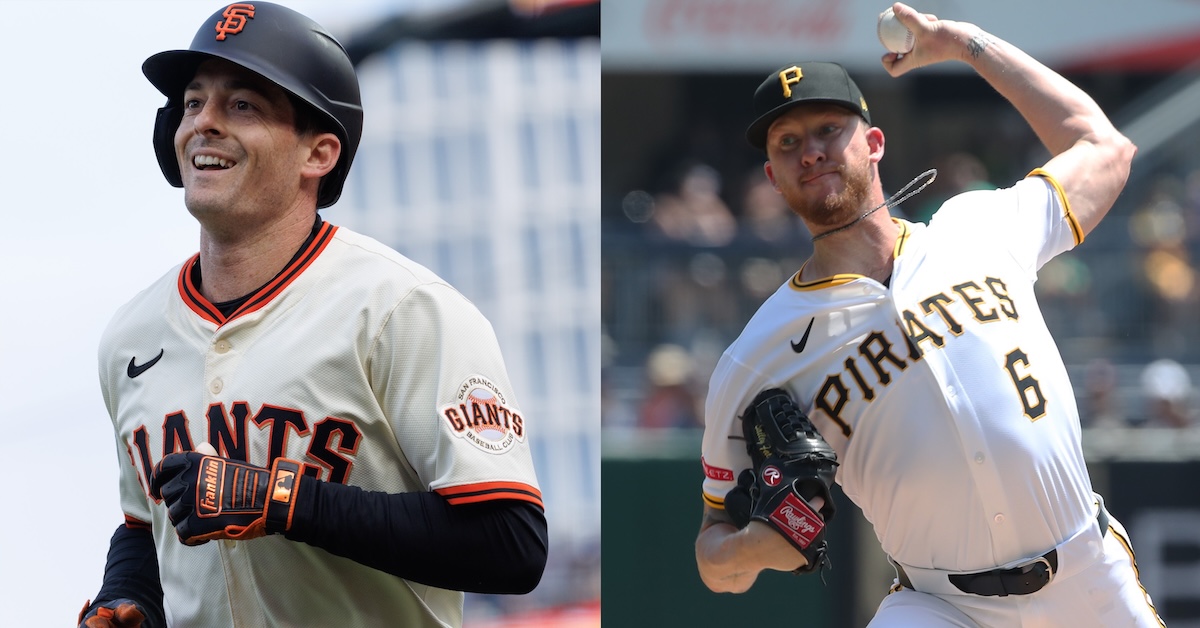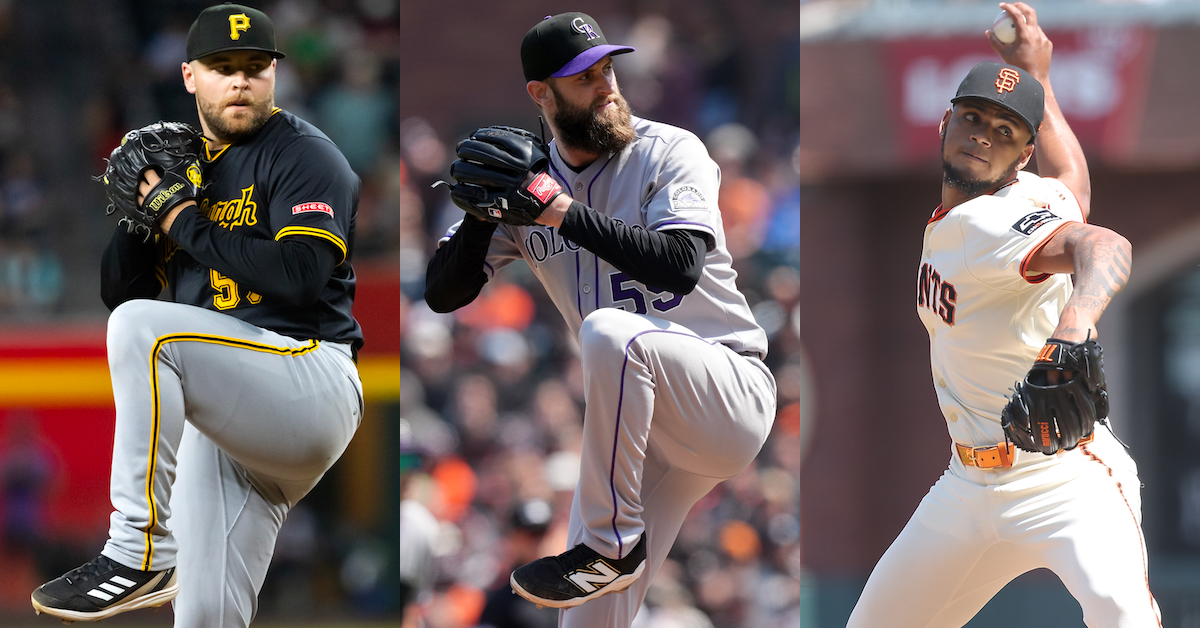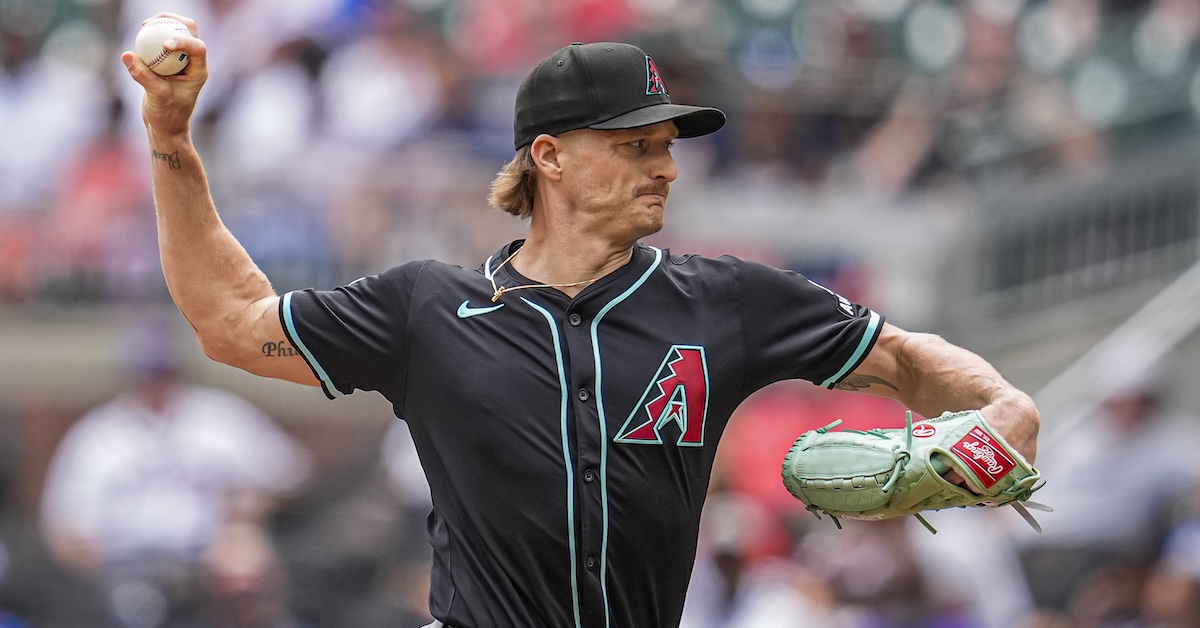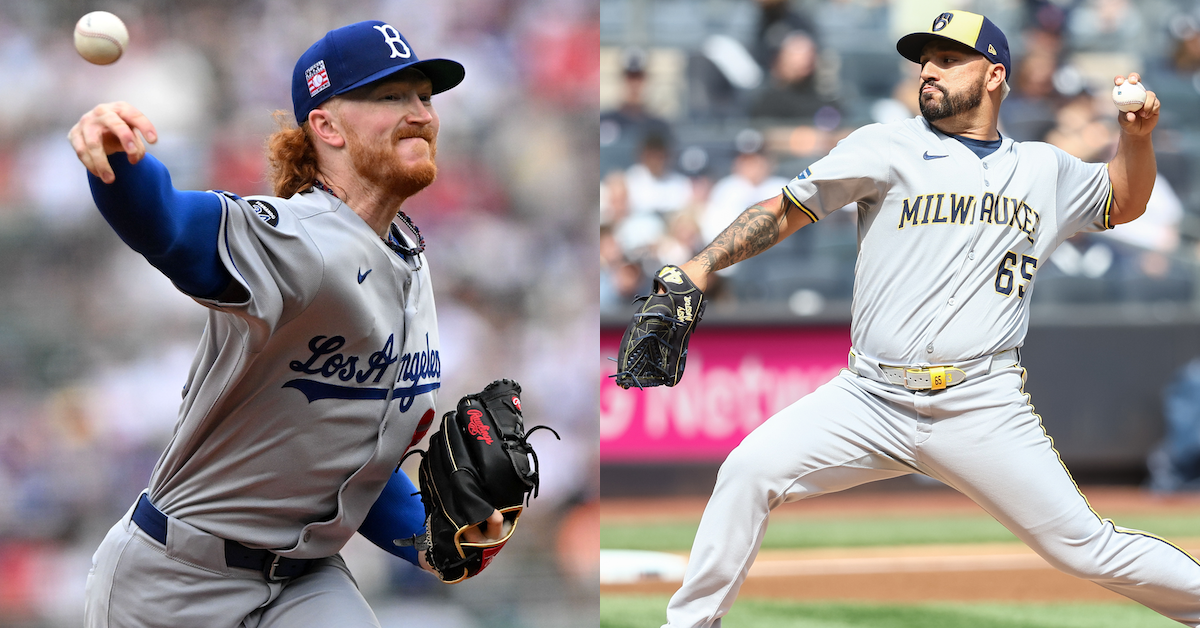Outfield Help at the Deadline: Alex Call to the Dodgers, Miguel Andujar to the Reds
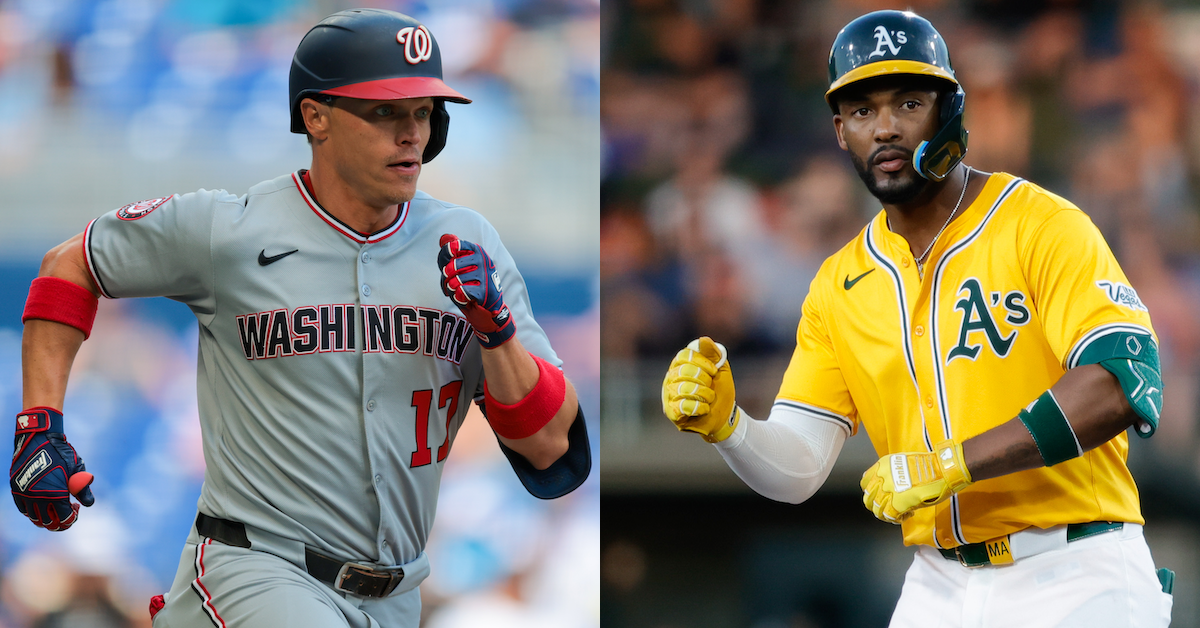
Well, here it is, folks. This is our final transaction analysis piece of the 2025 trade deadline, and we’re covering two outfielders who will now be in position to help playoff contenders. On Thursday, the Dodgers acquired outfielder Alex Call from the Nationals in exchange for pitching prospects Eriq Swan and Sean Paul Liñan. And the Reds traded with the A’s for veteran Miguel Andujar, sending back pitching prospect Kenya Huggins, so under no circumstances can we accuse Cincinnati of prospect hugging.
We’ll start with the Dodgers-Nationals deal. Here’s my analysis: Alex Call is pretty good. He can help the Dodgers win. You are welcome. ESPN’s Jeff Passan broke news of the deal, while Andrew Golden of the Washington Post reported the names of the pitchers headed to Washington.
To the continued and possibly eternal chagrin of Baseball Prospectus editor-in-chief Craig Goldstein, Call will not be simply taking over Michael Conforto’s spot in left field. Earlier on Thursday, the Dodgers traded the lefty-hitting James Outman to the Twins in exchange for reliever Brock Stewart, leaving a space for the right-handed Call as a fourth outfielder and likely platoon partner for Conforto. If you put the two trades together to compare apples to apples, you get Call for Outman (and Stewart for two prospects). Call is three years older than Outman, with roughly the same amount of service time. He’s hitting much better than Outman right now and allows the Dodgers to get another right-handed bat in the lineup, but he offers a bit less upside in the future.
Call is 30 years old, and he has a career 102 wRC+ in 920 plate appearances. He’s been significantly better this season, running a 118 wRC+. He doesn’t have wild platoon splits either. This season, he has a 124 wRC+ against lefties and a 115 wRC+ against righties. Over his career, those numbers are 110 against lefties and 97 against righties. Conforto has much better career numbers against righties, but this season, he only has a wRC+ of 85 against them. It wouldn’t be unreasonable at all to just plug Call in as the starting left fielder and call it a day, and it would make Craig so happy.
Call has a reputation for speed and defense, but it’s worth at least noting that his sprint speed has declined some this season, and his defense has graded out closer to average so far. It’s possible that he’ll get some of that speed back, as he’s less than a year out from a tear in the plantar fascia of his left foot. Regardless, he should be able to hold down all three outfield positions when called upon. With James Wood, Dylan Crews, and more recently, call-up Daylen Lile in the outfield, Call no longer looked like a part of Washington’s future. On the other side, the Dodgers have made a decent upgrade to an outfield that has come up just a bit short all season.
Swan is a 23-year-old right-handed starter, and at 6-foot-6 with a fastball that hits 100 mph and iffy control, he certainly looks like a Washington Nationals prospect. He didn’t put up good numbers in college, and he hasn’t put up good numbers in the minors due to wild walk totals, but did you hear me say that he was 6’6” and can throw a hundo? Swan’s 4.43 ERA and 4.34 FIP this season mark big improvements from 2024, but he’s still a big development project. Eric Longenhagen ranked him 13th in the Dodgers system with a 45 future value back in April, but he now downgraded Swan to a 40+ because he looks more likely to end up as a reliever.
That said, Swan could be a pretty good reliever. Right now, Eric has a 70-grade on Swan’s slider. He can hit the zone with it, and its whiff rate is approaching 50%. The fastball is sitting 96, but it’s playing down and he isn’t throwing strikes with it. It might end up as a pitch that’s only good for trying to attract whiffs above the zone. But that’s as a starter. If Swan ends up as a max-effort reliever, a plus-plus slider and a high-90s fastball could work just fine.
The Venezuelan-born Liñan is 20 years old, and you won’t read anything about him that doesn’t start and end with his changeup. Eric put a 55 present value on the pitch back in April, when he ranked Liñan 30th in the Dodgers system with a 40 FV. Liñan has moved around the minors a bit this season, beginning in Low-A, making two spot starts in Triple-A, then going down to High-A. He got shelled in one of those Triple-A starts, but even so, he’s got an overall ERA of 2.78 and FIP of 3.29 in 18 appearances and 14 starts across those three levels. He’s walking more than 10% of the batters he’s facing, but he’s also striking out nearly a third of them. It’s worth noting the environment, too, because they make Linan’s ERA- of 61 and FIP- of 74 look even better. Jeffrey Paternostro of Baseball Prospectus wrote a very fun article about how to evaluate Liñan back in May, and I strongly recommend it. For now the question is how Liñan will develop and whether he can come up with anything else to complement his changeup. Eric wrote up a new blurb for him today, so I’ll give it to you verbatim:
Liñan had a dominant start to his 2025 season and was promoted out of Low-A Rancho after just a half dozen starts. He made two emergency starts at Triple-A before heading to High-A Great Lakes, where he had been good (but no longer dominant) in 10 outings prior to the Alex Call trade. Liñan’s best pitch is his tail-action changeup, which moves enough to have overwhelmed A-ball hitters so far. He beats a lot of hitters with his fastball for a guy sitting 91-92, but Liñan’s command may not be fine enough for that to be true against big league hitters. Strike-throwers with great changeups like this tend to pan out in the fifth starter range, at least, and if Liñan can exceed this projection it’ll be because he’s either sharpened his fastball command to thrive with 40 velocity, or he’s found a much better breaking ball than the cutter he’s throwing now.
This seems like a pretty good haul for Call. He’s a good player, but he fits better in the Dodgers’ current plans than he does in the Nationals’ future plans. Swan and Liñan are genuinely intriguing prospects who could contribute in the majors, but they’ve both got a lot of developing to do.
Now let’s get to the other deal. After trading with the Pirates for third baseman Ke’Bryan Hayes and getting starter Zack Littell from the Rays, the Reds kept on adding, sending Huggins to the A’s in exchange for Andujar. Ari Alexander of KPRC2 first reported the deal. Andujar is a nine-year veteran, but he’s finally on the brink of free agency and is performing, which meant that at the deadline, the A’s could turn him into a pitching prospect, the highest level of reincarnation a being can attain according to the religion practiced by the baseball team in Sacramento.
Andujar is no one’s idea of a star, but he’s crushing left-handed pitching, and for a Reds team with a 79 wRC+ against lefties, sixth worst in baseball, he must look like a piña colada in the desert. Andujar put up a 129 wRC+ and 3.9 WAR with the Yankees as a 23-year-old rookie in 2018, finishing second in the Rookie of the Year voting behind some guy named Shohei Ohtani. In the seven years since, injuries and inconsistency have limited Andujar to fewer than two seasons’ worth of games, and he’s put up -0.4 WAR with a combined 86 wRC+. That said, Andujar has looked better recently. He’s running a 107 wRC+ in 2025 and a combined 105 wRC+ over the last three years. Andujar is batting .422 with a 186 wRC+ in 48 plate appearances against lefties this season. Those numbers will play in any lineup.
This season, Andujar has split his time between third base and left field. The Reds have gotten just 0.4 WAR from the third base position and 1.9 WAR from the three outfield positions, both of which rank 26th among all teams. With Hayes joining the club, Andujar won’t see too much time at third, but he can combine with Noelvi Marte, who has now been moved from third base to the outfield, to platoon with lefty batters Gavin Lux and Jake Fraley. Connor Joe or Will Benson will need to be sent down once TJ Friedl returns from the paternity list. It’s a lot of moving parts for a small upgrade, but it is an upgrade nonetheless.
The Reds drafted Huggins, a Louisiana Tech commit, out of junior college in 2022, and Eric ranked him 26th among the organization’s prospects this May, with a 40 FV. However, Eric now has a 40+ grade on him, because after recovering from Tommy John surgery that torpedoed most of his 2023 and 2024 seasons, Huggins looks more like a starter. His changeup improved in a major way, giving him a third pitch, but there’s more behind it. “This guy’s conditioning totally changed during his TJ rehab,” Eric said. “He’s not as big as Sean Manaea, but he’s built like young Manaea, just an absolute unit. The better conditioning might be why his delivery is more under control now and he’s throwing strikes.”
Huggins is 22, and after the injury, he’s in his third attempt at Low-A with fewer than 40 professional appearances under his belt. There’s still reliever risk here. However, he has a 3.69 ERA and 3.64 FIP through just over 63 innings so far this season in Low-A Daytona, which gives him an ERA- and FIP- of 87. “He’s a little behind the developmental curve and still at Low-A,” Eric said, “but Huggins hasn’t been shy about mixing in all of his pitches; he’s throwing his sinking changeup (which might end up being his best pitch) to righties, and he can land a backdoor slider for strikes reliably. He has a lot of No. 4/5 starter ingredients now.”
This is a minor deal, but it’s easy to see the appeal on either side. Andujar’s skill set is somewhat limited, but it fits in Cincinnati and he comes at a reasonable price. The injuries make it hard to know how much Huggins will be able to offer, but there’s certainly enough to dream on.

